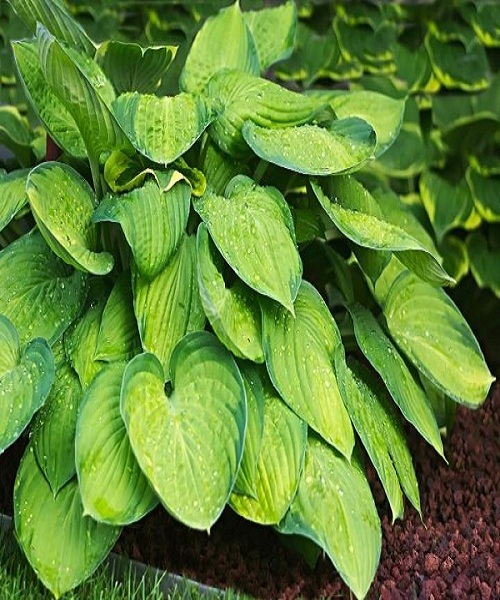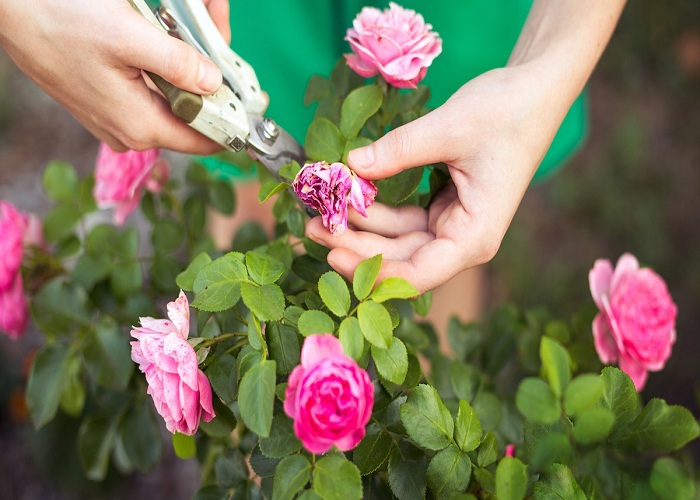Deadheading means taking off dead or dying flowers from plants. Whether you’re growing annuals in pots and containers or perennials in your beds, the way you care for your plants can have a huge impact on their long-term health.
In many cases, especially when it comes to annual flowers, it’s the most important aspect in keeping the blooms going strong. Nonetheless, don’t limit yourself to using it on your flower pots and containers.
Deadheading perennials, as you’ll see later, can be just as critical. Not just for increasing the number of blossoms, but also for preserving the beauty of their foliage.
How To Deadhead Annual Flowers & Perennial
Deadheading annuals versus perennials have a variety of advantages and disadvantages. If you’re planting annual flowers, deadheading will help keep them in full bloom. The more frequently you remove dead blossoms, the more new blooms will grow.
While deadheading perennials can help them produce more flowers and bloom for longer lengths of time, it’s more vital to keep the foliage strong and healthy throughout the growing season for perennials.
Here’s how you deadhead both annuals and perennials, and why it may have such a big impact on your plants.
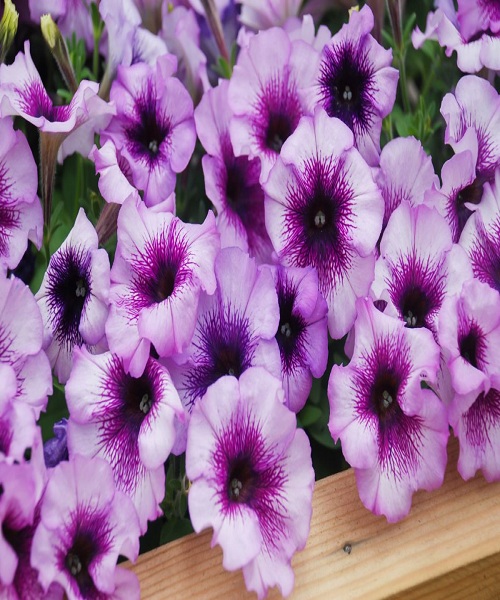
How To Deadhead Annual Flowers – Deadheading Annuals
As a general rule, deadheading is essential when it comes to annual flowers like geraniums and petunias as well as impatiens and marigolds.
Take action as soon as the first flowers begin to fade. Remove old blooms from pots, containers, and flowerbeds on a regular basis to keep plants healthy and fruitful.
Deadheading is a simple task that can be done by hand. Annual blooms, especially as they mature, are easy to remove from the plants. Slightly combing your fingers through the older flowers is all that is necessary.
Using a pair of pruning snips, cut back the stems of the fading blooms on long-stemmed annuals like geraniums, zinnias, and cosmos as close to the base of the plant as possible. This will speed up the growth of new stems for blooming shoots.
Annual flowers should be deadheaded at least once or twice a week for optimal effects. As a bonus, it’ll make your plants seem healthy and vibrant while keeping them reproducing blossoms.
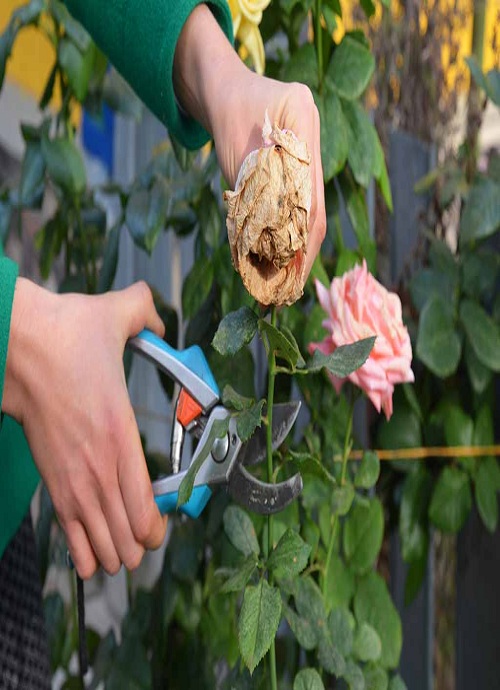
How to Deadhead Perennials – Deadheading Perennials
It is possible to get perennials that look like annuals and bloom throughout the year. The bloom cycles of some plants are extended or doubled, allowing them to bloom many times a year. Remove spent blooms from these perennials in the same way as you would with annuals, and the plants will continue to bloom.
Blanket flowers, hardy geraniums, and lavender are examples of perennials that fit this description. In addition, by snipping off old flowers and stems on a regular basis, you can encourage new blooms.
Most perennials’ blooming cycles are limited to a two- or three-week time frame. Although the plant only blooms for a short period of time, deadheading old blossoms is still quite beneficial.
Hosta plants are a good example. As soon as hostas finish blooming, their foliage tends to grow ragged and worn out. A large part of this is attributable to hostas’ high energy use in both growing and caring for their flowers.
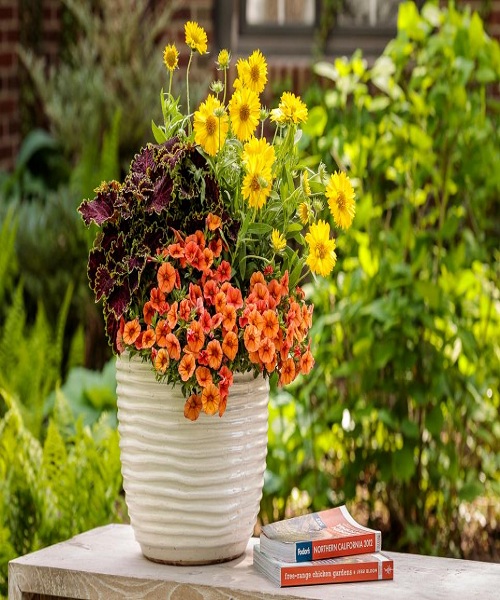
Keeping Perennials in Top Shape
Moreover, as they expend that energy, there is little left over to maintain the shape of their leaves. A thick canopy of healthy foliage can then be grown throughout the balance of the summer by cutting back on or eliminating tall, wispy flowers as soon as they begin to fade.
In the end, you’ll have a hosta plant that appears full all year round. Many other perennials are like this. All common perennial flowers such as daisies, coneflowers, and black-eyed Susans will benefit from the removal of old blooms.
Your plants will not only function better, but they will also appear better thanks to the removal of the old, unattractive blossoms.
